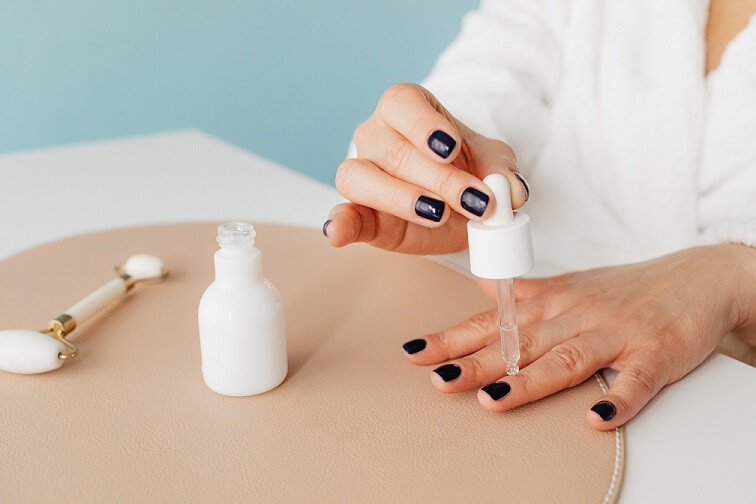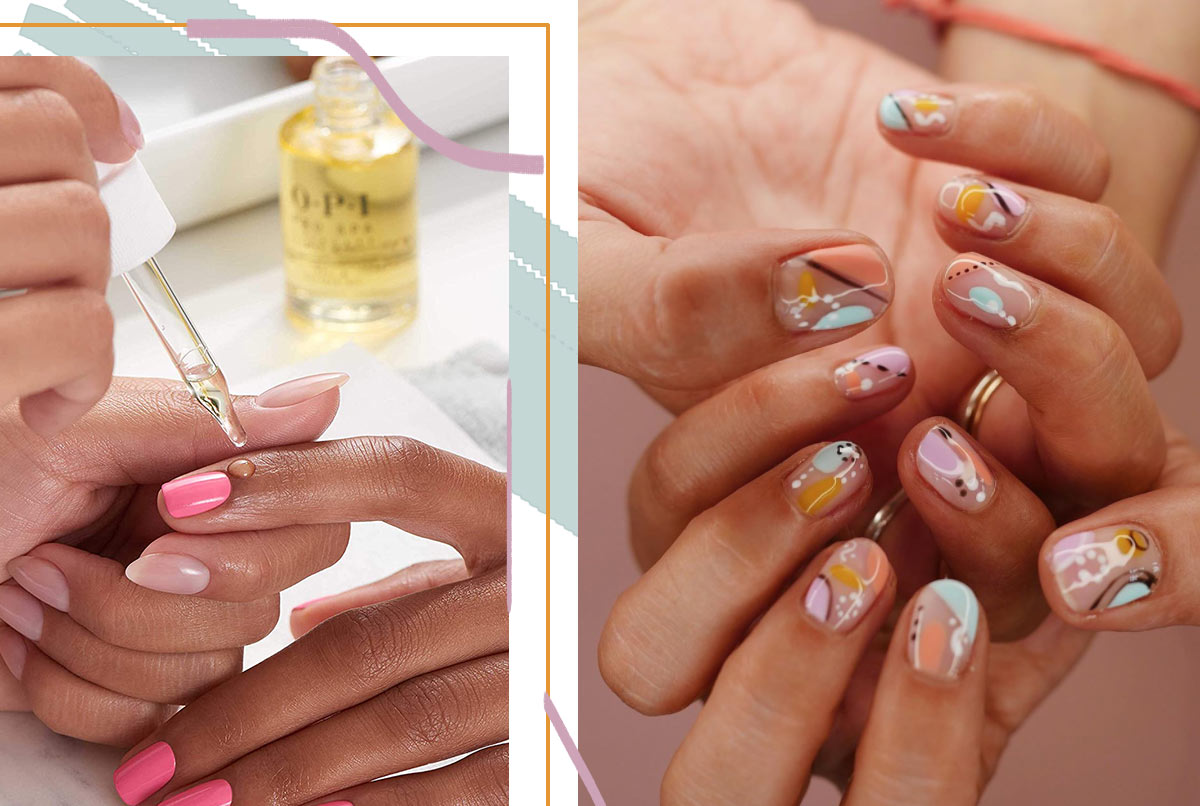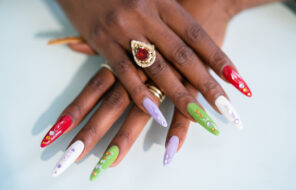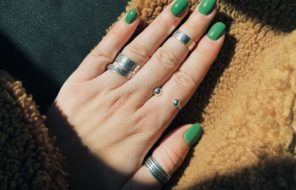The base of every good manicure is a set of strong, healthy nails. And this starts with nourishing your cuticles. Although many nail technicians tend to trim them, cuticles are a key component of nail health. When cuticles are dry and cracked, the protective seal is broken, and they’re more prone to infection.
This is when the best cuticle oils come in handy. This product moisturizes and softens cuticles, keeping them healthy and doing their job. Cuticle oil, like cuticle removers, is beneficial whether you’re regularly getting polish manicures or taking a minimalistic approach to your hand care. Here’s our guide to everything you need to know about cuticle oil, from purchase to application.
What are cuticles?
The cuticle is the thin, transparent border of skin located between the base of the nail and the skin of the finger. It acts as a seal and prevents bacteria from entering the area between your nail and the finger, preventing infections. Cuticles can often become dry and cracked, especially if you work with your hands — exposing them to salty, soapy, hot, or dry environments can speed up the process.
What is cuticle oil?
Cuticle oils are oil-based moisturizing and nourishing products for nails and cuticles. They usually come in a dropper or squeeze bottle due to their thin consistency. Cuticle creams are similar in purpose but have a thicker, more lotion-like consistency.
Cuticle oil’s main purpose is to hydrate the cuticles and the lower portion of the nail beds to soothe and hydrate rough, dry skin that can often lead to infections and hangnails. For this reason, the oils in cuticle oils are derived from plants with moisturizing properties, such as jojoba, almond, or avocado oil. Vitamin E and citric acid are other common ingredients used. With such basic ingredients, it’s easy to make a DIY cuticle oil.
Benefits of cuticle oil

Moisturization isn’t the only perk of using cuticle oil. Some people use them to prevent biting. If you chew at your nails or cuticles, applying oil can make you more conscious of the habit and thus more likely to stop, especially if the flavor is unappealing.
Manicurists often finish off a manicure with cuticle oil because keeping the cuticles well-hydrated can prevent injuries to the nail itself, like cracking and breaking. Some say that it even makes manicures last longer. Cuticle oil can also benefit nail growth if it contains blood flow-stimulating oils, such as tea tree oil or peppermint oil.
How to apply cuticle oil
It’s best to use cuticle oil when you have around 20 minutes to sit around without using your hands, like when watching a show or movie. Applying the oil is a fairly quick process, but you should allow the oil enough time to soak into your skin without being rubbed or washed off accidentally. If you’re going to paint your nails, it’s best to do that first before applying cuticle oil so that the oil residue doesn’t get in the way of smooth polish application.
The application method may differ depending on the cuticle oil bottle, but with brushes, droppers, or rollers, it’s fairly self-explanatory. Apply a few drops of the oil to each nail as directed on the packaging.
Once the cuticle oil is on your nail, massage it across your nail beds and work it into your cuticles. At this point, if you feel comfortable, you can push back your softened cuticles. After that, wait until you feel that your skin has absorbed enough oil or feels moisturized. You can leave the oil on, or wash your hands if they feel greasy.
Should you use cuticle oil to remove your cuticles?
Since oil softens the cuticles, some people use this step to prep the cuticles for removal. However, most medical professionals, including the American Academy of Dermatology, advise against removing cuticles.
A lack of cuticles opens up the area connecting the nail to the finger’s skin to infections. Without a cuticle, that area can be somewhat of a flap, and it’s the perfect place for bacteria to gather. If you don’t like the appearance of cuticles, you might use the oil to soften them and then push them back, trimming any long, hanging pieces but leaving the majority of the cuticle intact.
Put the “cute” in cuticle
Adding cuticle oil into your self-care routine — whether you purchase it in-store or make your own at home — is a great way to keep your nails healthy and hydrated, whether you paint them or keep them bare. After all, your hands are exposed to sun, wind, chemicals, and other abrasive substances almost every day. Just as you might apply lotion to your hands, using a cuticle oil can keep the protective seal of your cuticles moisturized and strong. Apply it as often as you’d like to keep your nails nourished and hydrated.





